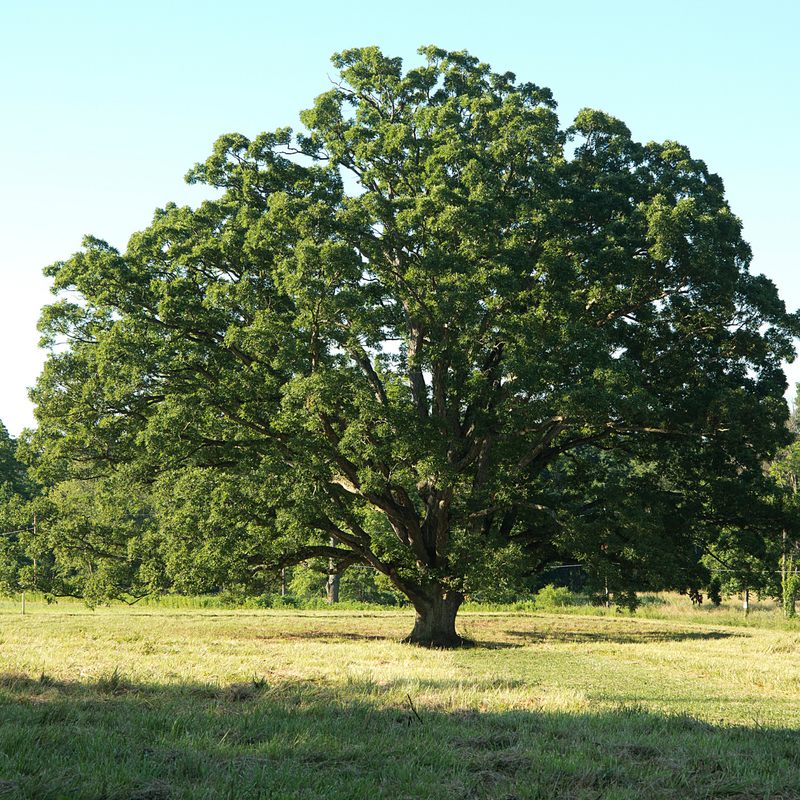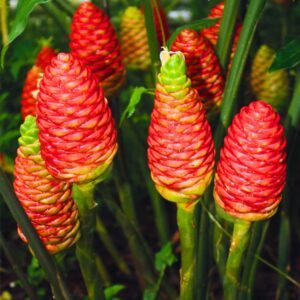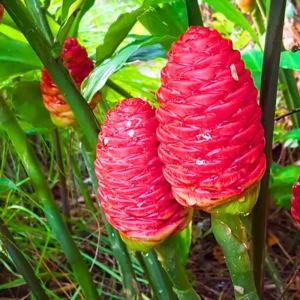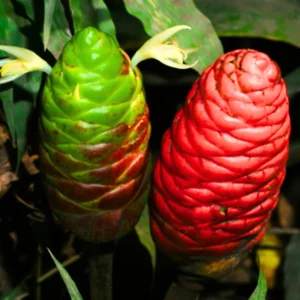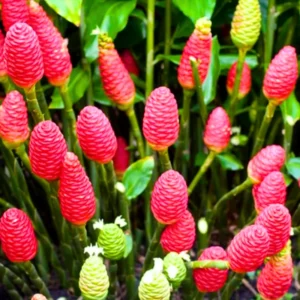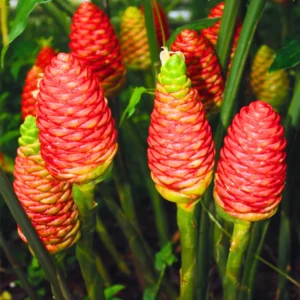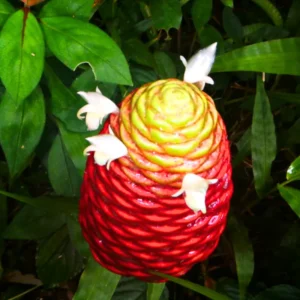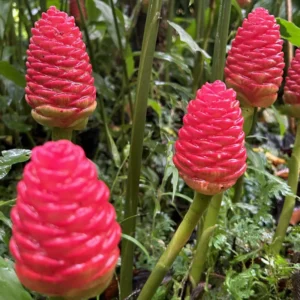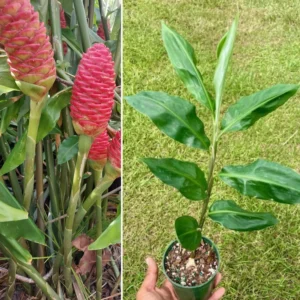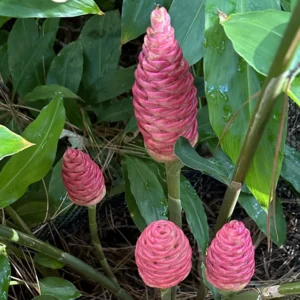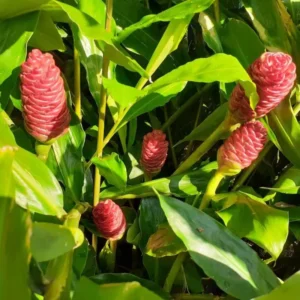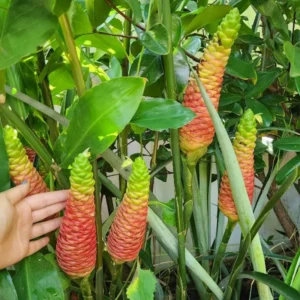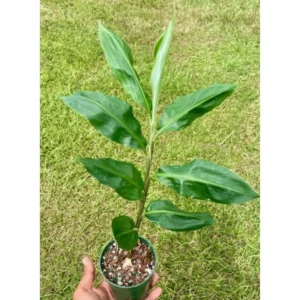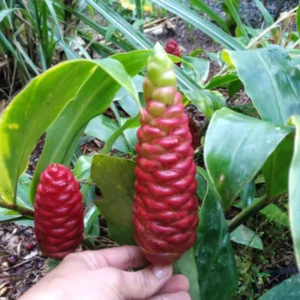-
×
 Honeoye Strawberry 10 Bare Root Plants - Extremely Hardy June-Bearing Strawberry Bareroots for Planting
$39.98
Honeoye Strawberry 10 Bare Root Plants - Extremely Hardy June-Bearing Strawberry Bareroots for Planting
$39.98 -
×
 Set 2 White Guava Trees Live Plants, 4-8" In Tall In 4" Pot, Live Guava Trees Plant, Guava Trees Plant Live, Guava For Growing
$60.99
Set 2 White Guava Trees Live Plants, 4-8" In Tall In 4" Pot, Live Guava Trees Plant, Guava Trees Plant Live, Guava For Growing
$60.99 -
×
 25 Joshua Tree Seeds "Largest Yucca Plant" Cact Cacti Succulent Very Rare
$3.00
25 Joshua Tree Seeds "Largest Yucca Plant" Cact Cacti Succulent Very Rare
$3.00 -
×
 Set 4 Moringa Plants Trees for Growing, Moringa Drumstick Trees, Horseradish Tree, Moringa Oleifera Plant Live, No Pot, Well Rooted
$39.99
Set 4 Moringa Plants Trees for Growing, Moringa Drumstick Trees, Horseradish Tree, Moringa Oleifera Plant Live, No Pot, Well Rooted
$39.99 -
×
 Black Chokeberry Tree - Live Plant, 6-12 Inch Tall, Chokeberry Plant in 2.5 Inch Pot
$39.98
Black Chokeberry Tree - Live Plant, 6-12 Inch Tall, Chokeberry Plant in 2.5 Inch Pot
$39.98 -
×
 Peach Tree Live Plant, Sweet Peach Tree, 3-4 Feet Tall in 3 Gallon Pot for Full Sun
$179.99
Peach Tree Live Plant, Sweet Peach Tree, 3-4 Feet Tall in 3 Gallon Pot for Full Sun
$179.99 -
×
 Valencia Pride Tropical Mango Tree Grafted, 1.5-3 Ft, Mango Fruit Tree, Come In Gallon Pot
$129.99
Valencia Pride Tropical Mango Tree Grafted, 1.5-3 Ft, Mango Fruit Tree, Come In Gallon Pot
$129.99 -
×
 Carrie Tropical Grafted Mango Tree, 1.5-3 Ft, Gallon Pot, Mango Tree Live Plant
$129.99
Carrie Tropical Grafted Mango Tree, 1.5-3 Ft, Gallon Pot, Mango Tree Live Plant
$129.99 -
×
 Plectranthus Vick Tomentosa Succulent Plant Live, In 4 Inch Pot For Indoor Outdoor Plant
$19.99
Plectranthus Vick Tomentosa Succulent Plant Live, In 4 Inch Pot For Indoor Outdoor Plant
$19.99 -
×
 Plectranthus Vick Tomentosa Live Succulent Plant, 4 Inch Pot, Plectranthus Houseplant
$19.99
Plectranthus Vick Tomentosa Live Succulent Plant, 4 Inch Pot, Plectranthus Houseplant
$19.99
Plant Materials
Top 5 Tips for Thriving Pinecone Ginger Plants at Home
If you’ve ever admired the exotic beauty of Pinecone Ginger (Zingiber zerumbet) and thought about growing it at home, you’re in the right place! Whether you want it for its ornamental appeal, herbal benefits, or simply to enjoy its lush tropical foliage, successfully cultivating Pinecone Ginger requires more than just occasional watering. Many gardeners face challenges such as slow growth, weak rhizomes, or the disappointment of not seeing blooms. If any of these sound familiar, don’t worry. With the right approach, you can ensure your Pinecone Ginger plant not only survives but thrives. Below, we will explore five essential tips to help you cultivate a robust and healthy plant in your home garden.
1. Choose the Right Location and Soil
Pinecone Ginger, also known as Shampoo Ginger, originates from tropical regions and thrives in warm, humid environments. Creating the right conditions is essential to its success. One of the most common mistakes new growers make is planting it in an area with too much direct sunlight. This plant prefers partial shade, as excessive sunlight can scorch its delicate leaves and hinder growth. Ideally, it should be placed in a spot that receives dappled light or morning sun with afternoon shade.

Soil quality is another critical factor in the health of your Pinecone Ginger. It requires well-draining, loamy soil with a slightly acidic to neutral pH, ideally between 6.0 and 7.0. Heavy clay soils should be amended with organic matter or sand to improve drainage. If your soil is too compact, the rhizomes may struggle to spread and develop properly. For those in cooler climates, growing Pinecone Ginger in a large container is a great option, allowing you to move it indoors during the winter months to protect it from frost damage.
If you’re looking for a comprehensive guide on Pinecone Ginger plant care, check out our in-depth article on Shampoo Ginger Plant Care: The Ultimate Guide.
2. Proper Watering Techniques
Watering might seem like a simple task, but it is often where many gardeners go wrong. Pinecone Ginger requires consistent moisture, but it does not tolerate waterlogged conditions. Overwatering can lead to root rot, which is one of the leading causes of plant failure. On the other hand, allowing the soil to dry out too much can stress the plant and cause leaf discoloration.
To strike the right balance, water deeply whenever the top one to two inches of soil feel dry to the touch. Mulching around the base of the plant with organic materials such as shredded leaves or bark can help retain soil moisture while also keeping the roots cool. In winter, when the plant enters dormancy, reduce watering to prevent excessive moisture buildup that can cause rhizome rot.
3. Fertilizing for Lush Growth
If you want vibrant, lush foliage and strong rhizome development, feeding your Pinecone Ginger with the right nutrients is essential. A well-fed plant will not only grow more vigorously but also produce the characteristic pinecone-shaped flowers more reliably. Organic compost or well-rotted manure incorporated into the soil provides a steady supply of nutrients.
During the active growing season, apply a balanced fertilizer, such as 10-10-10 or 20-20-20, every four to six weeks. This will ensure the plant receives adequate nitrogen, phosphorus, and potassium for optimal growth. Additionally, using a potassium-rich fertilizer can encourage flowering. For an extra boost, supplement with liquid seaweed extract or fish emulsion every two to three weeks to enhance root health and overall plant vitality.
4. Managing Pests and Diseases
Although Pinecone Ginger is relatively low-maintenance, it is not entirely immune to pests and diseases. Common garden pests such as aphids and spider mites may occasionally appear, especially in dry conditions. These pests can be managed effectively with neem oil sprays or insecticidal soaps. Additionally, keeping the plant well-hydrated and ensuring good air circulation around the foliage can help deter infestations.

Root rot is another potential issue, often caused by excessive watering or poor drainage. If you notice yellowing leaves or mushy rhizomes, take immediate action by improving soil drainage and adjusting your watering routine. Fungal diseases can also be a concern, particularly in humid environments. To minimize the risk, avoid overhead watering and always water at the base of the plant.
5. Propagating Pinecone Ginger Successfully
One of the great things about Pinecone Ginger is how easily it can be propagated. If you want to expand your collection or share with fellow gardeners, propagation through rhizome division is the most effective method. The best time to divide rhizomes is in early spring or fall, just before the plant enters active growth.
To propagate, carefully dig up mature rhizomes and cut them into sections, ensuring that each piece has at least one “eye” or bud. These sections should be planted about two inches deep in moist, well-draining soil. Provide consistent moisture and keep the newly planted rhizomes in a warm, shaded location until new growth appears. With patience and proper care, you’ll soon have thriving new plants ready to enhance your garden.

Frequently Asked Questions (FAQ)
1. How long does it take for Pinecone Ginger to bloom?
It can take one to two years for the plant to produce its signature red pinecone-shaped flowers, depending on growing conditions and care.
2. Can Pinecone Ginger survive winter?
Pinecone Ginger is not frost-tolerant. If temperatures drop below 50°F (10°C), it should be brought indoors or heavily mulched to provide insulation.
3. Is Pinecone Ginger invasive?
It spreads through underground rhizomes, so in warm climates, it can become invasive if not controlled. Consider planting it in a designated area or a container to manage its growth.
4. Can I grow Pinecone Ginger indoors?
Yes, it can be grown indoors if provided with indirect sunlight, high humidity, and adequate space for its rhizomes to spread.
Conclusion
Growing Pinecone Ginger at home is a rewarding experience, bringing a touch of the tropics to your garden while also offering potential herbal benefits. By providing the right conditions, watering carefully, fertilizing appropriately, and managing pests and diseases effectively, you can enjoy a lush, thriving plant year after year. Whether you are a novice gardener or an experienced grower, following these expert tips will set you on the path to success.
Are you ready to start your Pinecone Ginger gardening journey? Share your experiences and any questions in the comments below!
Related plants for you!

 Set 2 White Guava Trees Live Plants, 4-8" In Tall In 4" Pot, Live Guava Trees Plant, Guava Trees Plant Live, Guava For Growing
Set 2 White Guava Trees Live Plants, 4-8" In Tall In 4" Pot, Live Guava Trees Plant, Guava Trees Plant Live, Guava For Growing 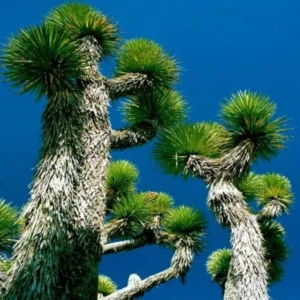 25 Joshua Tree Seeds "Largest Yucca Plant" Cact Cacti Succulent Very Rare
25 Joshua Tree Seeds "Largest Yucca Plant" Cact Cacti Succulent Very Rare 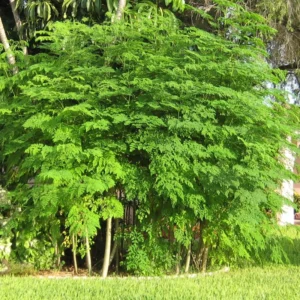 Set 4 Moringa Plants Trees for Growing, Moringa Drumstick Trees, Horseradish Tree, Moringa Oleifera Plant Live, No Pot, Well Rooted
Set 4 Moringa Plants Trees for Growing, Moringa Drumstick Trees, Horseradish Tree, Moringa Oleifera Plant Live, No Pot, Well Rooted  Black Chokeberry Tree - Live Plant, 6-12 Inch Tall, Chokeberry Plant in 2.5 Inch Pot
Black Chokeberry Tree - Live Plant, 6-12 Inch Tall, Chokeberry Plant in 2.5 Inch Pot 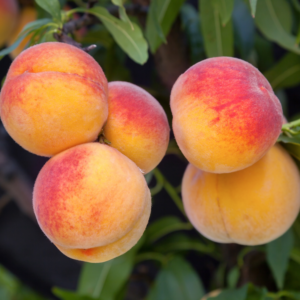 Peach Tree Live Plant, Sweet Peach Tree, 3-4 Feet Tall in 3 Gallon Pot for Full Sun
Peach Tree Live Plant, Sweet Peach Tree, 3-4 Feet Tall in 3 Gallon Pot for Full Sun  Valencia Pride Tropical Mango Tree Grafted, 1.5-3 Ft, Mango Fruit Tree, Come In Gallon Pot
Valencia Pride Tropical Mango Tree Grafted, 1.5-3 Ft, Mango Fruit Tree, Come In Gallon Pot  Carrie Tropical Grafted Mango Tree, 1.5-3 Ft, Gallon Pot, Mango Tree Live Plant
Carrie Tropical Grafted Mango Tree, 1.5-3 Ft, Gallon Pot, Mango Tree Live Plant 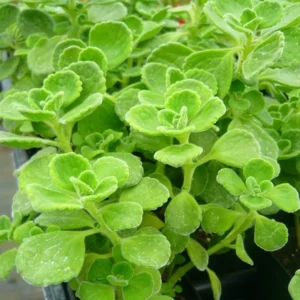 Plectranthus Vick Tomentosa Succulent Plant Live, In 4 Inch Pot For Indoor Outdoor Plant
Plectranthus Vick Tomentosa Succulent Plant Live, In 4 Inch Pot For Indoor Outdoor Plant 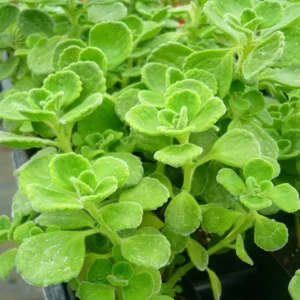 Plectranthus Vick Tomentosa Live Succulent Plant, 4 Inch Pot, Plectranthus Houseplant
Plectranthus Vick Tomentosa Live Succulent Plant, 4 Inch Pot, Plectranthus Houseplant 
